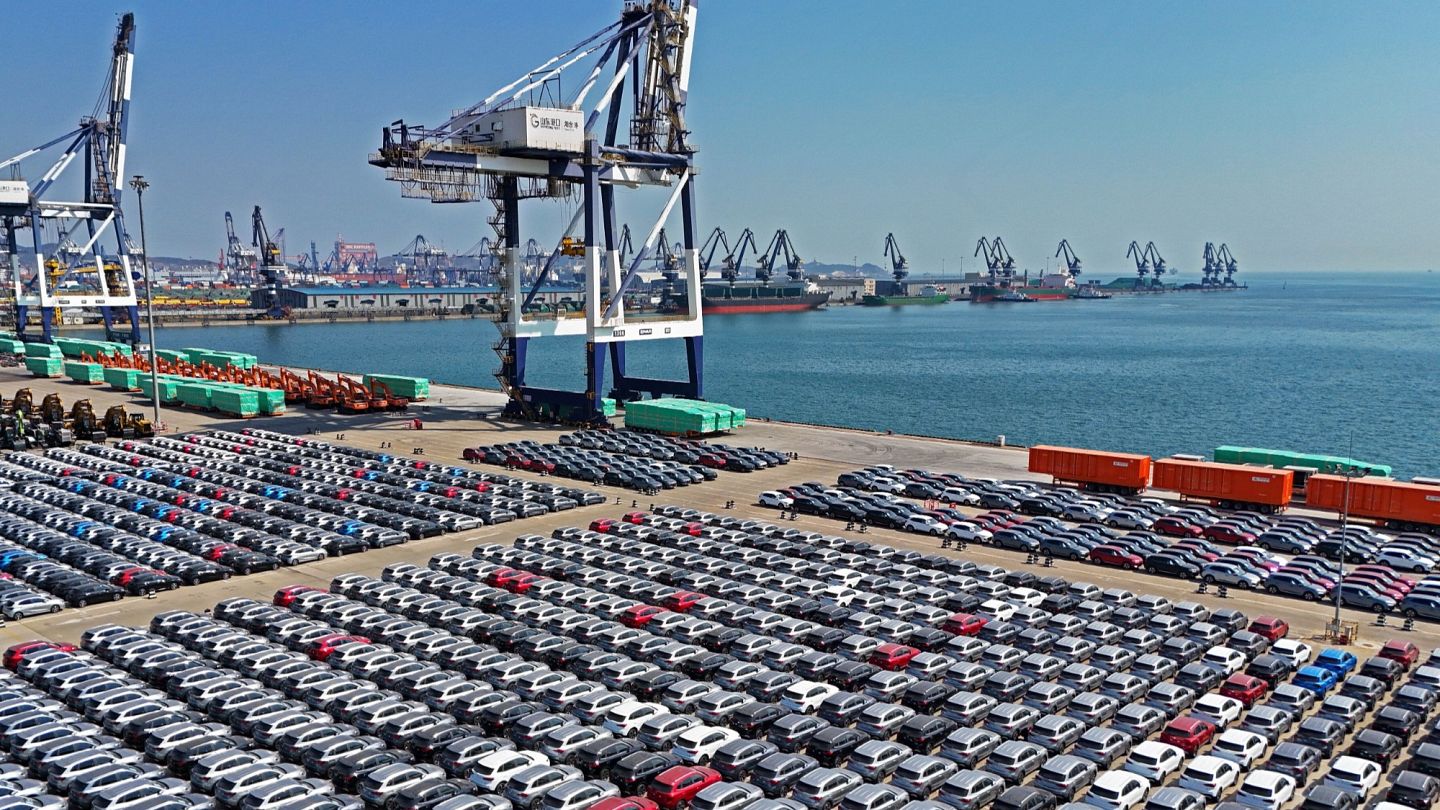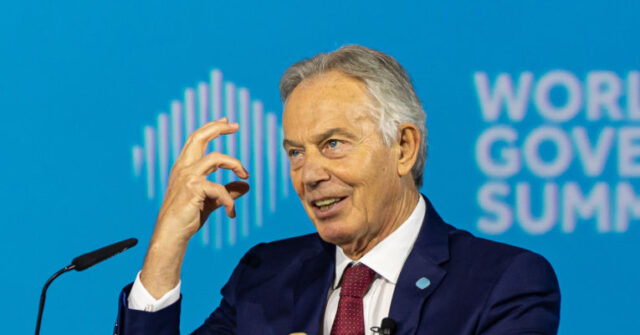The race for Central Asia’s transport routes: Who will dominate the new Silk Roads?

Central Asia and the Caucasus are racing to position themselves as vital transit hubs as global trade routes shift. Since the start of Moscow's war in Ukraine in early 2022, Europe has been searching for alternative trade routes that bypass Russia.This search has placed unprecedented attention on the strategic location of Central Asia and the South Caucasus. Countries including Azerbaijan, Armenia, Georgia and Turkmenistan are investing heavily in railways, highways and ports to attract east–west trade flows.Yet, while some of their ambitions align, others compete — creating a dynamic mix of collaboration, competition and geopolitical tension.KazakhstanKazakhstan has been positioning itself as the Eurasian transit hub for more than a decade, which is why it is now at the top of the Central Asian transit game. Some 85% of the goods travelling from China to the EU get there through Kazakhstan.The country’s position is strengthened by the Trans-Caspian International Transport Route (TITR), also known as the Middle Corridor, the importance of which has increased since 2022. In 2024, the volume of goods transported along the TITR rose 20%, reaching 3.3 million tonnes.Kazakhstan also has other corridors, including the Transport Corridor Europe-Caucasus-Asia (TRACECA), which similarly bypasses Russia. Kazakhstan has a head start on some of its neighbours, who are only now starting to build railways and attract investments. TurkmenistanDue to Turkmenistan’s neutrality and isolationist policies, the country rarely took part in Central Asian affairs before. However, a change in its leadership shifted the country's approach to international politics, and now it is actively trying to establish various transport corridors.Ahead of the recent EU-Central Asia Summit, many EU officials visited Turkmenistan to discuss the creation of a new branch of the Middle Corridor there. The country is also drafting an agreement with Azerbaijan, Georgia and Romania to establish the Caspian-Black Sea international transport route.In addition, Turkmenistan is revitalising the Lapis Lazuli Corridor, which starts in Afghanistan and reaches Turkey — and potentially Europe — through Azerbaijan and Georgia.And like Kazakhstan, Turkmenistan can take advantage of a port on the east coast of the Caspian Sea (Turkmenbashi). The country now needs to fill gaps in its infrastructure and work out policies and reforms within the transit sector.UzbekistanLike other nations in the region, Uzbekistan is diversifying its transport corridors.Uzbekistan relies on routes such as the TITR but it is actively promoting the China-Kyrgyzstan-Uzbekistan Railway, the construction of which should start in July 2025. This railway is supposed to be connected to the new branch of the Middle Corridor that goes through Turkmenistan, thereby creating a way for goods to travel from China without entering Kazakhstan.Additionally, to diminish its dependency on Russia and Kazakhstan, Uzbekistan is establishing its own routes to Europe through Azerbaijan and Georgia, to Turkey through Iran, and to India through Afghanistan and Pakistan. To access all that the country needs Turkmenistan, which is unlikely to keep Tashkent from doing it.Kyrgyzstan and TajikistanKyrgyzstan and Tajikistan are in competition when it comes to transit routes. Both share borders with China and both want to create a path from China to Uzbekistan through their territory.Kyrgyzstan is already working on building the China-Kyrgyzstan-Uzbekistan Railway, which should help it circumvent Kazakhstan. As Kyrgyzstan depends heavily on trade with Russia, it depends on Kazakhstan as a transit country. Finding an alternative route through Uzbekistan and the Caspian Sea is supposed to diminish such dependency.Tajikistan, on the other hand, is trying to use its proximity to Afghanistan and establish a connection with the Persian Gulf. Last year, the country signed a memorandum for promoting ties with Iranian Chabahar port.Both Tajikistan and Kyrgyzstan are a little behind in the race for transit routes, but their recent border agreement should free up their hands as well as enhance regional connectivity.The CaucasusIn the race for transport routes, those who have ports on the Caspian Sea have the upper hand. In that sense, Azerbaijan holds the ultimate card, with Baku being the only port on the western coast of the Caspian Sea.The Middle Corridor, the North-South Corridor, TRACECA, the Caspian-Black Sea route, and the Lapis Lazuli Corridor – all go through Azerbaijan.Together with Georgia, Azerbaijan forms a direct line from Central Asia to Europe. Georgia’s advantage here is its two major Black Sea ports of Poti and Batumi and its shared border with Turkey. However, Iran, which also shares a border with Turkey, can divert some of the trade flow.Georgia’s position can also be weakened if Azerbaijan and Armenia find a way to reconcile. The progress is slow in this department as the peace agreement hasn’t been signed yet.The nations also cannot reach an agreement on a path between Azerbaijan and its exclave Nakhchivan, separated by Armenian territory.Armenia, sandwiched between Azerbaijan and its close ally Turkey, heavily depends on Georgia for trade with Russia.MongoliaDespite Mongolia’s vast territory, its unfavourable location between two even larger countries — China and Russia — greatly limits its transit capacity. The Steppe Corridor, which connects Mongolia’s only two neighbours, is even less viable in the short term due to sanctions on Russia.The coming decade will determine the dominant routes in Eurasian trade. If political stability holds and infrastructure projects are completed, the Middle Corridor could rival Russia’s traditional transport networks — placing Kazakhstan, Azerbaijan and Georgia at the heart of global trade.


















![If Subby is reading this correctly a private company found her car with her remains inside and then those remains were identified through DNA by a private lab while the police may or may not be investigating anything [Murica]](https://usrimg-850.fark.net/L/Lu/fark_LuAP5l3kJ7Dhg3OWOiIuEjKdZx0.png?AWSAccessKeyId=JO3ELGV4BGLFW7Y3EZXN&Expires=1746417600&Signature=yNgcruxrTopH47uQcHlQ9cewfhc%3D)